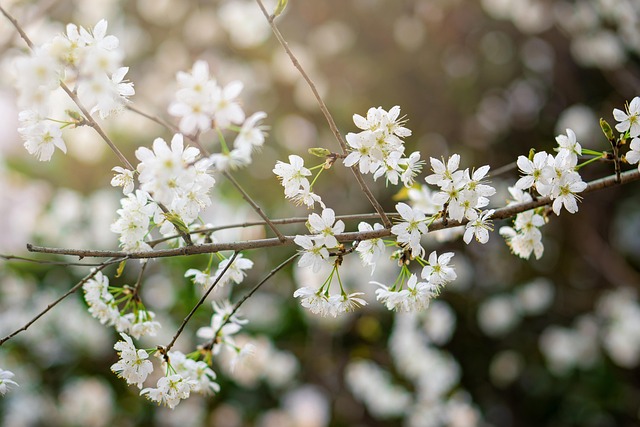As winter approaches, protect frost-sensitive plants (annuals & perennials from warmer climates) by creating insulation with organic materials like leaves or straw to prevent damage from freezing temperatures. Gradually acclimate them to warmer weather and use strategies like frost blankets for ideal warmth and moisture levels. Remove damaged foliage, apply organic mulch, secure pots, bring indoors, and use cold frames to safeguard plants until spring, ensuring a vibrant garden display.
In regions with fluctuating temperatures, protecting frost-sensitive plants is paramount to ensure their survival and vibrant return during the spring. This article delves into the critical role of cold-weather shielding, exploring strategies to safeguard delicate plants from damaging frost. From understanding specific plant needs to implementing effective protection methods, we provide essential tips for a successful spring plant refresh, ensuring your garden thrives despite seasonal challenges.
Understanding Frost-Sensitive Plants and Their Needs
Frost-sensitive plants, as the name suggests, are vulnerable to damage caused by freezing temperatures and frost. These plants, often annuals or perennials that thrive in warmer climates, require special care during cold seasons to ensure their survival and health when spring arrives. Understanding these plant needs is crucial for gardeners looking to protect their delicate flora.
When the temperature drops below freezing, these plants’ cellular structures can be compromised, leading to wilting, browning leaves, or even death. To mitigate this, gardeners must employ strategies that provide insulation and shield these plants from direct contact with cold air. This involves creating a protective layer, often using organic materials like fallen leaves or straw, to conserve the plant’s warmth and prevent frost penetration. By preparing and shielding these frost-sensitive specimens during winter, gardeners ensure they can flourish once again when spring plant refresh begins.
The Importance of Cold-Weather Shielding
When winter’s chill sets in, frost-sensitive plants face a challenging season ahead. Cold-weather shielding becomes an essential practice to ensure their survival and promote a healthy spring plant refresh. These plants, often beloved perennials or delicate annuals, require specific protection to withstand freezing temperatures and desiccating winds.
Without adequate shielding, frost can damage the plant’s cellular structure, leading to wilted leaves, stunted growth, and even death. By implementing effective cold-weather shielding techniques, gardeners can create a protective barrier that insulates plants from these harmful elements. This simple step is crucial in maintaining overall plant health and ensuring a vibrant display when spring arrives, ready for a new growing season.
Strategies for Effective Spring Plant Refresh
As winter’s chill subsides, it’s time to think about a strategic spring plant refresh for frost-sensitive flora. The key lies in gradual adaptation to warmer temperatures. Start by moving plants from protected areas like garages or greenhouses back outdoors, acclimating them to direct sunlight over several weeks. This process, known as hardening off, strengthens their resilience against sudden temperature changes.
During this refresh, ensure proper hydration as the soil awakens from its winter slumber. Consider using protective coverings like frost blankets during colder nights to maintain optimal warmth and moisture levels. By employing these strategies, you’ll prepare your frost-sensitive plants for spring’s full bloom, ensuring a vibrant and healthy display.
Tips to Protect Plants During Subsequent Cold Snaps
To protect your frost-sensitive plants during subsequent cold snaps, start by assessing their current state. Remove any damaged or dead foliage to prevent entry points for pests and disease. Then, consider a layer of organic mulch around the base of the plant to insulate roots from extreme cold. This simple step can significantly improve plant health in the long run.
As temperatures drop again, check that pots are securely anchored and staked if needed. Bring vulnerable potted plants indoors or move them to a sheltered location outside, like a covered patio or garage. Additionally, consider using protective coverings like blankets or cold frames for extra insulation. Remember, a spring plant refresh begins with these proactive measures to safeguard your delicate blooms until warmer weather returns.
Protecting frost-sensitive plants during cold weather is crucial for maintaining a vibrant garden come spring. By understanding these plant’s specific needs and employing strategies like effective shielding, you can ensure they survive the winter months. A successful spring plant refresh starts with these precautions, allowing you to enjoy a lush, thriving landscape year-round.
